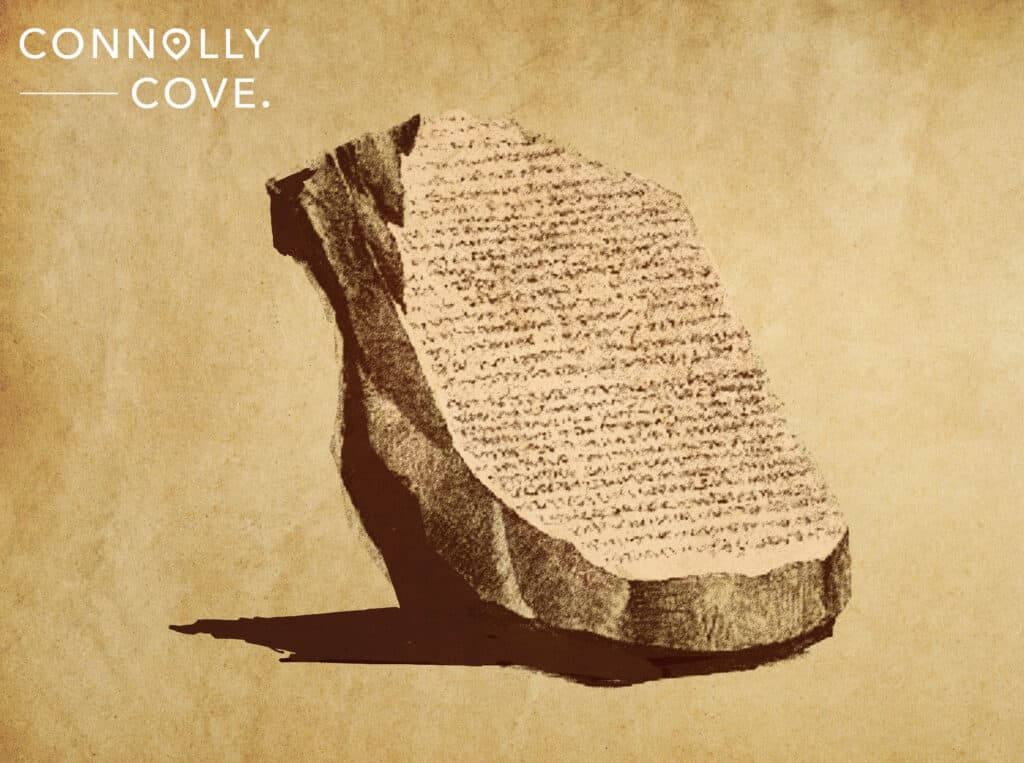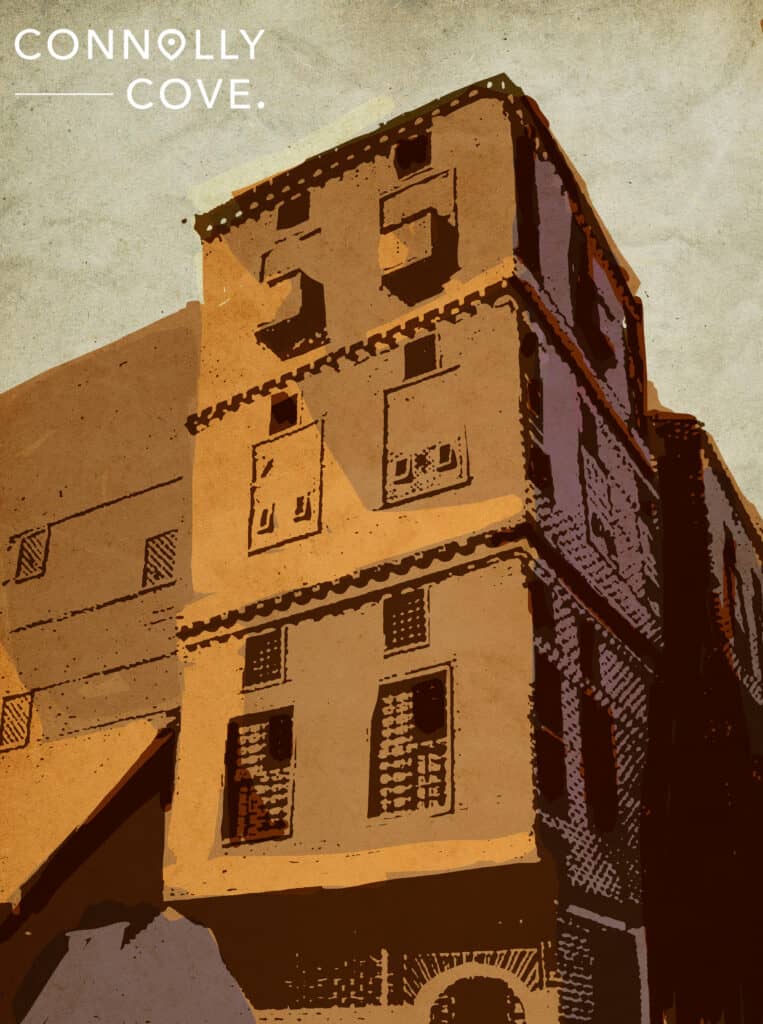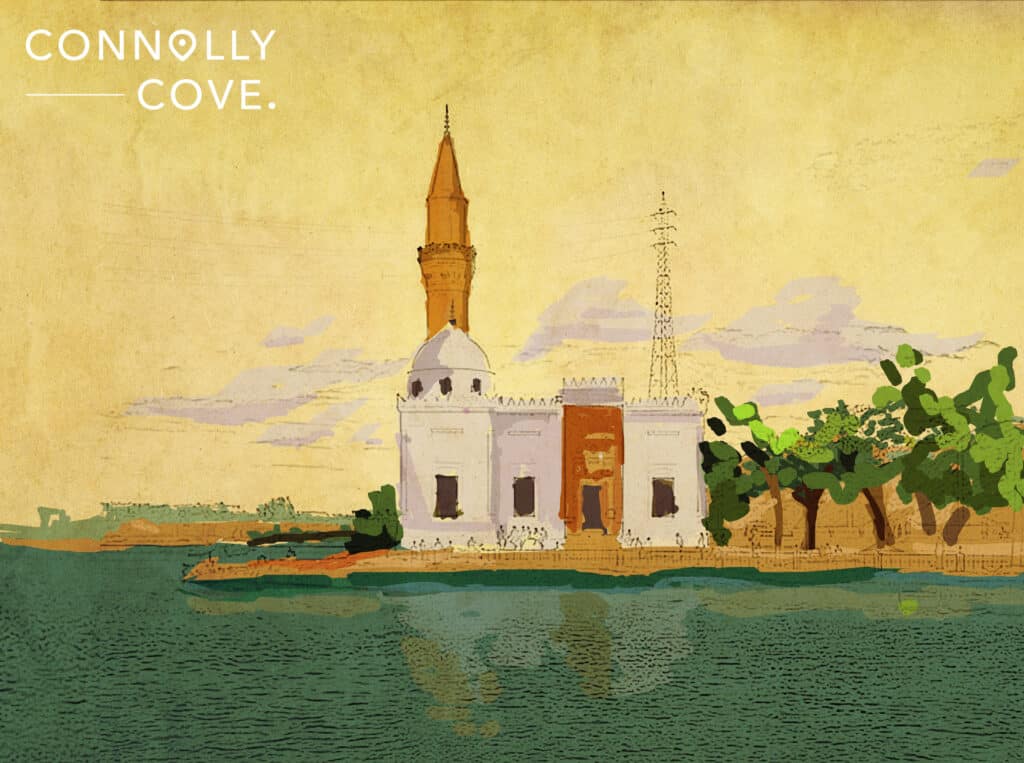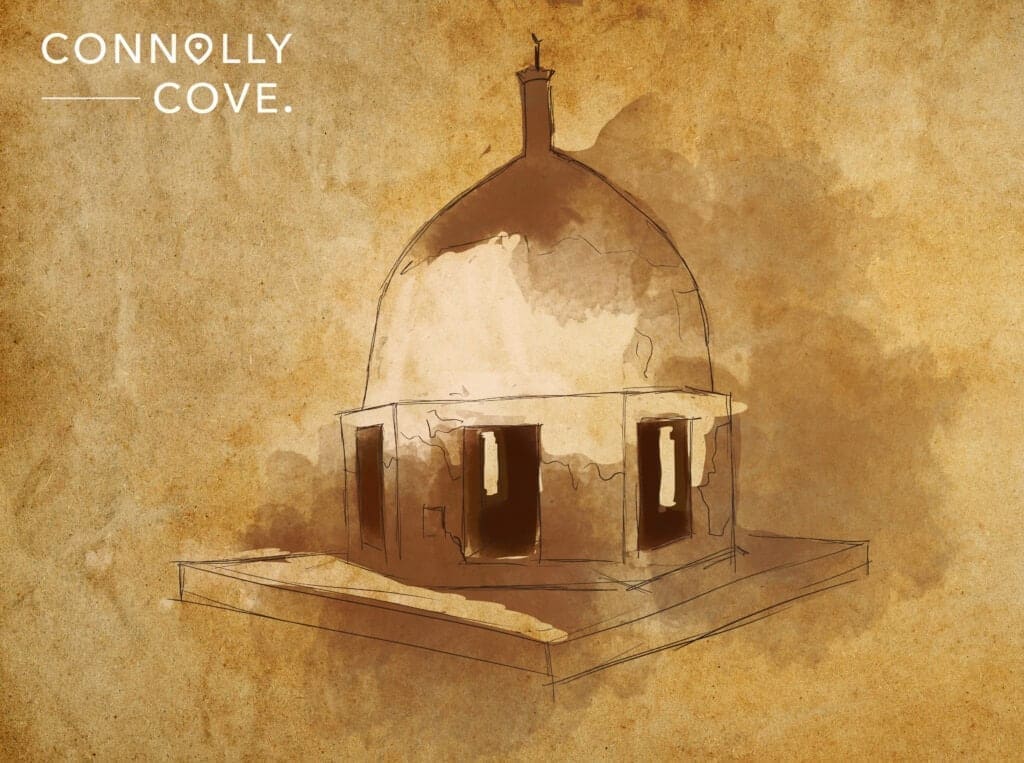Rasheed: 6 Big Sites to Crack the City Code

Updated On: February 28, 2024 by Marwa Abdel Moniem
Are you a big fan of port cities? If yes, this article will surely be something to read since we will sail through a port city that is located at the intersection of the Mediterranean Sea and the Nile River—Rasheed.
It is such a strategic city with a great historical background, particularly the Mamluk and Ottoman eras in Egypt. This is good news for heritage lovers as well. With geography and history combined in one place, what better can you ask for?
Though not widely recognised as neighbouring Alexandria, Rasheed is home to many great attractions that speak volumes about the importance of this harbour city, which unfortunately remains in the shadows. So, read on as we explore the highlights of this lesser-known city in Egypt.
The History of Rasheed City
Dating back to the 9th century, the city of Rasheed was founded in the Nile Delta region, only 65 kilometres east of the Mediterranean city of Alexandria. It is also one of two branches of the Nile River, the second being Damietta.
The site of the city has continuously been inhabited since Ancient Egypt, when the area was known as Khito under the rule of Menes. The city became known as Bolbitine during the Ptolemaic era.
A fort was built on the Ptolemaic site in 850 to serve as a defencive city during the Abbasside reign. With the Mamluks in power, the port city of Rasheed turned into an important commercial hub and continued to be so during the Ottoman rule in the 17th and 18th centuries.
But what this city is best known for is the magnificent Rosetta Stone. Here is where the hieroglyphics of old Egypt were deciphered in 1799, unlocking many of the secrets about its ancient history. It was then that the city of Rasheed gained global recognition.

Yes, this city is rich in history and has many archaeological sites that you might find interesting to visit. A tour of the essential landmarks in Rasheed will give you further insight into the Rose of the Nile.
What to Visit in the City of Rasheed?
Travelling to a multicultural city such as Rasheed means you are in for a lot of attractions worth visiting. You could as well earmark the city of Rasheed as one of your travel bucket lists. Read on as we tell you more about landmarks in Rasheed for a great experience in the port city.
Visit the National Rasheed Museum

While the museum is relatively new, the house in which it is headquartered dates back to the 18th century. A four-level Arab Kulli House at the mouth of the Nile River hosts the artefacts of the museum. Named after Turkish trader Hussein Arab Kulli, this house is one of the largest in the city of Rasheed.
Visiting this museum will give you a double thrill with the displayed items and the Islamic architecture of the building. The museum showcases objects related to the history of Rasheed, particularly the struggle of its people against the French and English colonists. Pictures of the battles and manuscripts telling the stories of the city, as well as a replica of the Rosetta Stone, are niched at the museum.
Islamic coins, pottery and relics are also on display at the National Rasheed Museum, which is meant to preserve the history and heritage of the Delta city.
Visit the Mosque of El Mahrousa
This mosque boasts an intriguing blend of architectural styles that convey the rich heritage of the city of Rasheed. A fusion of designs from the Mamluk and Ottoman eras reflects the influence of the two civilisations on Rasheed.
Built on the remains of a church, the Mosque of El Mahrousa bears the hallmarks of Mamluk designs. It dates back to the 13th century under the rule of Sultan Al Mansour Qalawun. The mosque was later renovated under the Ottomans, adding domes and minarets to the original Mamluk structure. Now, it is a mix of this and that.
The interior of the mosque features decorative tiles, fantastic Islamic calligraphy and colourful motifs that add to the picturesque of the prayer hall.
Visit the Sidi Abu Mandour Mosque

The Sidi Abu Mandour Mosque was built in the 13th century as a Zawiya (a small place for worship) in honour of an Islamic scholar who was widely respected among the residents of Rasheed. The tomb of Sidi Abu Mandour could also be found within the premises of the mosque.
The mosque, which was built in the place of the Zawiya during the reign of Khedive Abbas Helmy II, features Ottoman architectural designs. The exterior of the Sidi Abu Mandour Mosque is captivating, with a beautiful pencil-style minaret topped by a copper crescent.
A decorated dome sits on the cylindrical neck of the rectangular mosque, whose interior is covered with ornate tilework and wooden carvings. The ceiling is supported by four marble columns.
Inside the mosque, there is also the mihrab (a niche in the wall that shows the direction of the qibla in Mecca) with two doors: one leading to the shrine of Sidi Abu Mandour and the other leading to a room which constitutes the base of the minaret.
Visit the Al Mahali Mosque

Welcome to this randomly organised mosque! Yes, the interior of this mosque looks very random, with 99 columns with different designs. It is not likely that you can find two similar columns. The columns are meant to represent all 99 names of God as perceived by Muslims. This mosque was built in 1721 AD.
Visit the Ancient Zaghloul Mosque
This is the oldest existing mosque in the city of Rasheed. Dating back to the Mamluk era, the Zaghloul Mosque was built in 1577 and was named after its founder, Hajj Aly Zaghloul.
It is also considered the largest mosque in the Delta city, with a total area of 5,300 square metres. It served as a scientific and religious centre. The sparks of popular resistance movements against the French campaign in 1801 and the Fraser campaign in 1807 were initiated in this mosque. The tomb of Hajj Aly Zaghloul could be found inside the mosque.
Visit Fort Julien
Such a historic fort is a must-see during your visit to Rasheed. Like other attractions in the city, Fort Julien is also a reflection of the different ruling periods, starting from the 15th century.
It was built in 1470 AD north of the city of Rasheed by Mamluk Sultan Ashraf Qaitbay. Overlooking the Nile River before its meeting point with the Mediterranean Sea, the low fort had a central blockhouse and was reinforced in the 16th century.
In 1799, the fort was occupied by the French army during Napoleon Bonaparte’s campaign in Egypt. It was then that the French troops uncovered the Rosetta Stone as they reconstructed the fortress. After renovation, it was renamed Fort Julien after Thomas Prosper Jullien, one of Napoleon Bonaparte’s aides. Fort Julien is most famous as the place where the Rosetta Stone was found. It is undoubtedly a must-visit!
A One-day Trip to the City of Rasheed
A visit to Rasheed near Alexandria will give you a good dose of Mamluk and Ottoman architecture through its various monuments that tell different stories from the history of this Delta city.
Extending over a total area of 92 square kilometres, the city of Rasheed is considered the second in terms of Islamic monuments after Cairo. Rasheed is an open-air museum that is definitely worth a visit.
If you are on a trip to the Mediterranean city of Alexandria, you can make some time for a short visit to nearby Rasheed. Exploring the gems of this city is worth the time.
One of the best ways to explore the city of Rasheed is a tour on a boat that would sail along the Nile Delta and around its meeting point with the Mediterranean Sea—remember, this is exactly where Rasheed is. Such tours will surely do the trick of showing you the city’s natural beauty and archaeological sites.
If you are a good walker, then you should not leave Rasheed without having a stroll around its narrow and winding streets. This would be a good chance for you to breathe in all the Ottoman and Mamluk landmarks in this heritage-rich city. You will be missing a lot if you miss a trip to Rasheed—a visit that we highly recommend to the Rose of the Nile. So, do not wait too long before you make the right decision!






